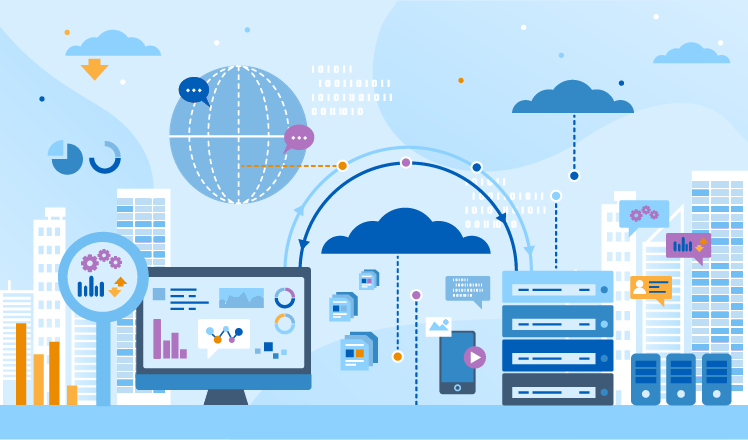
Introduction:
In today’s digital age, data is a goldmine for marketers. It holds the key to understanding customer behavior, enhancing campaigns, and driving business growth. But how can your marketing team leverage all of this valuable data? In this blog post, we’ll explore ten practical use cases that will help you harness the power of your data and achieve marketing success.
- Customer Segmentation:
By analyzing your data, you can segment your customers based on demographics, preferences, purchase history, or any other relevant criteria. This enables you to tailor personalized marketing messages that resonate with each segment’s specific needs and interests. - Predictive Analytics:
Leveraging historical data patterns and trends allows you to predict future outcomes accurately. With predictive analytics tools at hand, you can forecast customer behavior or identify potential leads likely to convert into loyal customers. - Campaign Optimization:
Data analysis provides insights into campaign performance metrics like click-through rates (CTR), conversion rates (CVR), bounce rates (BR), etc. By closely monitoring these metrics in real-time and analyzing past campaigns’ results, you can make more informed decisions about budget allocation and optimize future campaigns accordingly. - Social Media Listening:
Monitoring social media conversations around your brand or industry helps gauge public sentiment towards your products/services better. Analyzing social media mentions enables proactive engagement with customers by addressing their concerns promptly or leveraging positive feedback for reputation management purposes. - Website Traffic Analysis:
Examining website traffic patterns reveals which pages are most popular among visitors as well as identifying sources generating the highest conversions or drop-offs in user journeys—this information helps streamline website design and content strategy for improved user experience (UX). - A/B Testing:
A/B testing involves experimenting with different versions of marketing assets such as landing pages or email subject lines simultaneously using random samples from target audiences—it helps determine which version yields better results and optimize campaigns accordingly.
- Churn Prediction:
Analyzing customer behavior patterns can identify potential churn risks. By proactively identifying these customers, you can implement targeted retention strategies like personalized offers or loyalty programs to reduce attrition rates. - Competitive Analysis:
Data analysis allows you to gain insights into your competitors’ marketing strategies, online presence, and customer perceptions. This knowledge helps refine your own marketing tactics by differentiating yourself from the competition and capitalizing on untapped opportunities. - Personalized Recommendations:
Leveraging user data like browsing history or past purchases enables you to provide personalized product recommendations that resonate with each customer’s unique preferences—this boosts cross-selling and upselling opportunities while enhancing overall customer satisfaction. - Real-time Reporting:
Using analytics dashboards and reporting tools provides real-time visibility into campaign performance metrics, enabling quick adjustments as needed without waiting for lengthy reports—it empowers your team to make informed decisions promptly based on up-to-date data insights.
Conclusion:
By leveraging the power of data through various use cases outlined above, your marketing team can unlock new levels of success in reaching target audiences effectively while maximizing return on investment (ROI). From segmentation to predictive analytics, social media listening to A/B testing – incorporating these strategies will empower your team with actionable insights for smarter decision-making in today’s competitive landscape.